A resume is essential in getting a great job, but has been neglected by many. Your resume is the piece of document that creates a chance for recruiters to consider you as an employee. It doesn’t matter how amazing you are at interviewing or how brilliant you are for the job, without a good resume, you have nothing. I have reviewed and edited over a thousand resumes, and most resumes are nowhere near their full capacities. In fact, most resumes that I have seen are only about 10-15% of their actual capacity. People fail to recognize that resume building is a craft. A resume is a one?page representation that lets the company know that, given your GPA and experiences, can you:
1. Create unique value for the company
2. Fit within the company culture
Take your resume seriously
A resume is like a brochure for yourself. Companies spend hundreds of thousands of dollars and months of expert work to finalize on a brochure that can represent the company. The average student only spends a couple hours piecing vague descriptions together without considering what effects it will have on their recruiting process. Your one page resume is extremely valuable real estate, and everything you put on it must have a purpose. If a sentence does not create value in the recruiter’s mind, you should take it out; if a word does not create value, you should take it out. With a well-optimized resume, you would be able to get interviews even with a less than competitive GPA.
Few seconds to establish a connection
One thing to note is that most recruiters only spend around 10?25 seconds on each resume. Therefore, your resume must not only have good information, it must “feel” impressive. Within those few seconds, you need to already have made a connection with the recruiter. Having a high GPA is obviously the fastest way to do that, but I have seen resumes with extremely high GPAs get rejected simply because it was not put together in a way that makes the applicant seem valuable.
Build a holistic image of yourself
Recruiters are trying to figure out if you are a good person to be on their team. As a result, your resume must reflect you as a person, not just a brain. You must show that you are a well rounded, qualified individual as an employee, coworker, potential leader, and someone to hang out with. A very important concept to pay attention to is Diminishing Marginal Image, which means that if seven lines on your resume say you are good finance person, the eighth line that says you are a good finance person would mean little in the mind of the recruiter. Instead, say that you are a team player, an organized person, or did something creative, even though your next experience might still be dealing with finance.
The Ins and Outs from an experience
When you are building your resume, keep in mind that your goal is not to say that, “I am impressive because I had so and so experiences.” Your goal is to say that, “I am impressive because WHILE I had these experiences, I did so?and?so things that others would not have done.” In essence, ten other people could have the same position in the same company, but your resume stands out because you went above and beyond your daily duties and actually accomplished great things. This brings us to the topic of Ins and Outs. Ins are what you absorbed through an experience, such as the financial skills and the softwares used. Outs are what you did that created value in that organization. Companies are more interested in Outs because it clearly reflects you as an individual, instead of simply the job title of that experience. Ins are often reflected within your position already, such as “treasurer,” “web development analyst,” but it is your Outs that ultimately define you as a person.
Four Phases of optimizing your resume
Optimizing your resume could be a year?long process. Some people have spent hours every week for six months, and still only reach around 55% of its capacity. This is mostly because they do not have a systematic approach in improving the resume, and as a result work on the wrong things. If a student does not build her resume correctly from the beginning, she could spend months on it, and still need to start from scratch to obtain all the interviews she deserves. In order to truly optimize one’s resume, it needs to go through four phases.
Phase I: Formatting
Remember, a recruiter only takes 10?25 seconds on each resume. In those precious seconds, your formatting is extremely important in giving them the right “feel” of your resume. Bullet points are the most efficient way to present what you have done in each experience. You should allow enough space for each bullet point line in order to put in as much information as you can. Make sure that you do not waste any space, and everything is consistently formatted. Inconsistencies in your resume could instantly ruin your chances with your dream job. You can easily find sample resumes and templates online, so make sure that these key points differentiate you from others.
Phase II: Strategy
Strategy is one of the most ignored parts in resume building, which is costly for students. Most people just think about what they did in each experience, list them out, and move on. To optimize your resume, you must first come up with a list of the skills and traits the company is looking for. Then you must list all the Ins and Outs from your experiences that show that you have these characteristics. Finally, you should strategically plan out which experiences will convey which characteristics. This is where you should apply Diminishing Marginal Image. You must decide which experiences are the best at conveying which qualities, and make sure they are in the order that builds value in the recruiter’s mind.
Phase III: Wording
Wording in a resume is the most technical part of a resume, and is what most resume building sites cover. However, they usually do not cover enough. They will tell you to use action verbs and focus on results, as well as use quantitative examples. I want to add that for each bullet point, there are four things you can include: what it is, method, result and impact. Most people rush to write about what they did at their job, but in actuality, that is the least important thing to list on your resume. This is the order of importance:
1. Result
2. Method
3. Impact
4. What it is
If you said you “doubled company revenues by spearheading an innovative marketing campaign and changing the distribution channel,” (result, and then impact) the interviewer will ask you what position you had in the company and then you can tell them what your responsibilities were. Also, try to word each bullet point in a way that they all end at the end of that line. That way you will form organized “rectangles” in each experience.
Phase IV: Optimization
This is where you refine your resume so everything becomes a holistic image of who you are. At this point, you will notice you don’t need to change many things, but tweaking a word here and there, rewording some of the sentences, and rearranging some of the bullet points. These tweaks are also often company?specific, as every firm looks for different things from each applicant. If you get to Phase IV, you should already have a resume that is over 80% capacity, and the rest fine tuning specifically to meet the company’s needs.
Creating a resume is a journey. You will learn more about yourself, what you have done, the values you have created, and will also help you do better in an interview due to stronger stories. You already spend so much money and time in college just to get a good career. Why get lazy when it comes to actually applying for one?


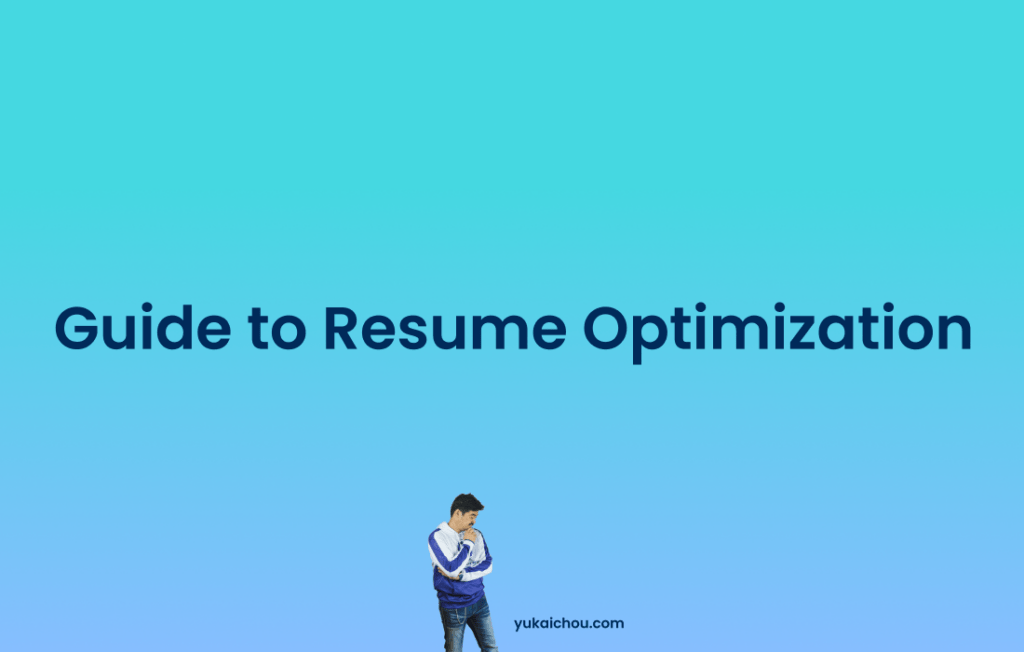
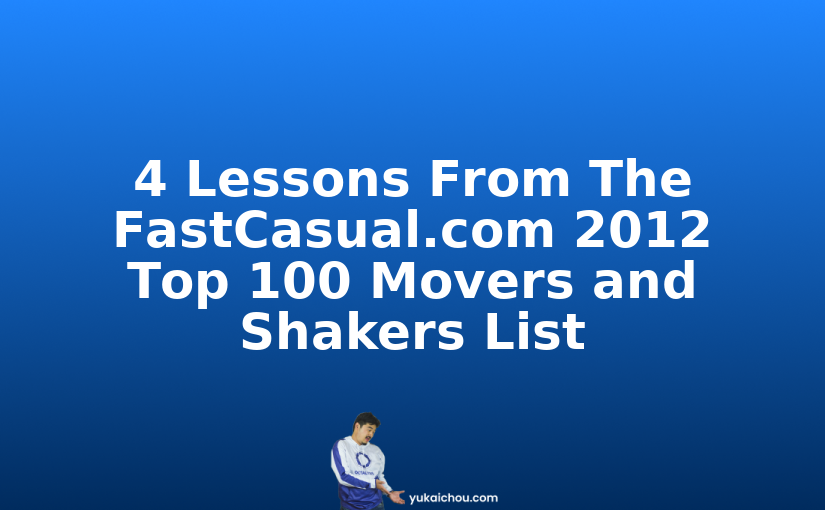
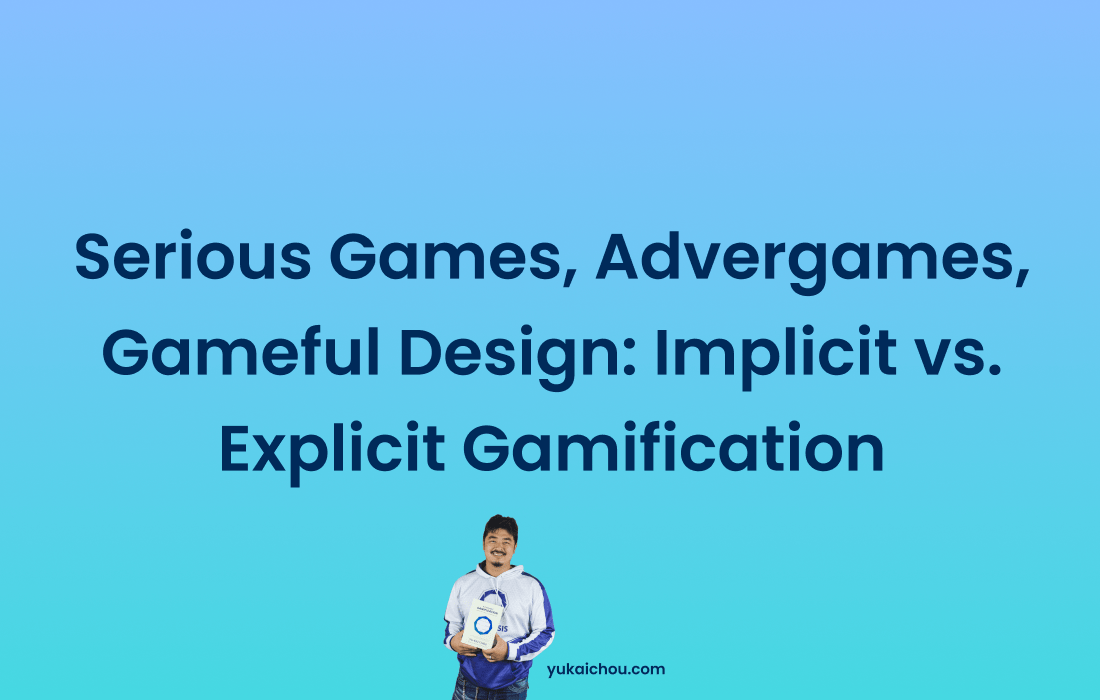

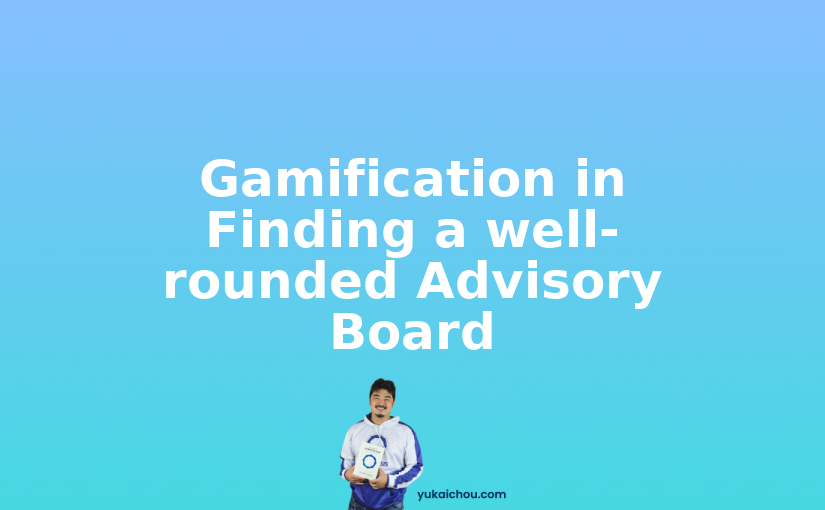
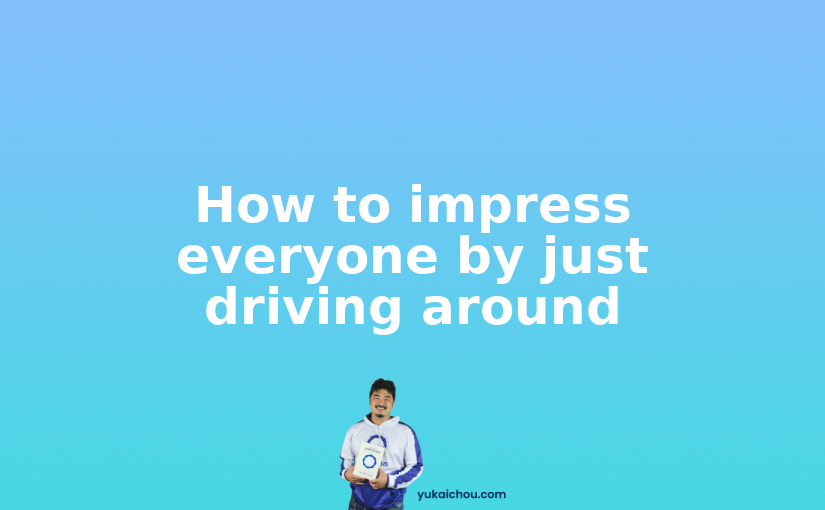

7 responses to “Yu-kai Chou’s Guide to Resume Optimization”
The site http://www.jobscan.co/ is also a great place to identify keywords for your resume. All you do is paste in your resume plus the job description, then Jobscan analyzes your job description for you automatically and identify the most important keywords for you! it literally takes seconds and it so worth the copy and paste. Saved me so much time AND I got more interviews using Jobscan! I recommend as well!
“The site http://www.jobscan.co is also a great place to identify keywords for
your resume. All you do is paste in your resume plus the job
description, then Jobscan analyzes your job description for you
automatically and identify the most important keywords for you! it
literally takes seconds and it so worth the copy and paste. Saved me so
much time AND I got more interviews using Jobscan! I recommend as well! “
The site http://www.jobscan.co is also
a great place improve your resume. All you do is put in your resume you already
created plus the description of the position, then Jobscan analyzes your resume
for you automatically! Saved me so much time AND I got more interviews using Jobscan!
jJobscan.co is the best place to optimize the resume for those peoples who are interested in professional and high quality resumes. It give good and fast results and analysis
Haha, if you plan to become an entrepreneur, then you don’t ever need a resume. Everyone has different goals, and for some being an employee at a company they love is their goals. The idea is not to be an entrepreneur but to live a passionate life.
If you don’t want to start your own company, the resume gets you to a lot of places. Even to join a startup.
I almost feel as if you want to deemphasize resume building. As you said, the resume “creates a chance for the recruiter to consider you an employee.” But is being an employee the ultimate end-point? Obviously, your credentials must be strong, but shouldn’t your focus be building towards your own business rather than someone else’s? I guess we can’t all start as our own bosses.
Nice to see this kind of information keep up the good work.